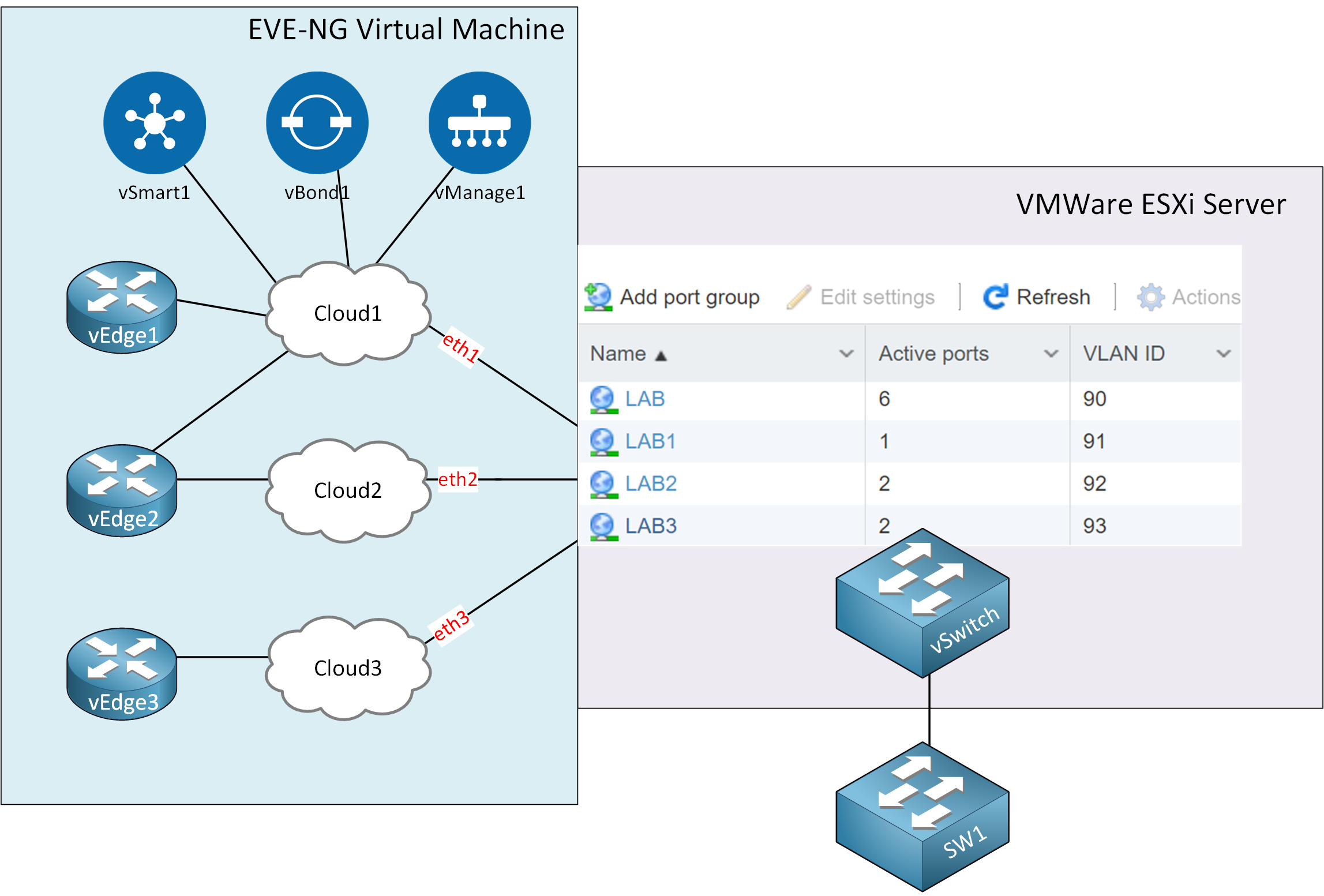

The steps requires to set up the EVE-NG (or UNetLab) virtual machine on a Linux host computer are: The procedure is the same for UNetLab.įor users of other operating systems, the EVE-NG development team provides good information on setting it up on Windows ( Setup, Integration) or Mac OS ( Setup, Intergration).

I’ll also show the basic steps to creating and running a simple lab consisting of emulated Linux nodes. In this post, I focus only on the specific issues related to getting EVE-NG working on a Linux system. When using the EVE-NG virtual machine on a Linux computer, I had to resolve a few problems related to the way VMware Player works in Linux.

Since it runs in a virtual machine, EVE-NG may be set up on any operating system such as Windows, Linux, or Mac OS. Its graphical user interface runs in a web browser. The UNetLab/EVE-NG network emulator runs in a virtual machine so it can be set up Windows, Mac OS, or Linux computers. UNetLab is the current, stable version of the network emulator and EVE-NG is an updated version of the same tool, available as an alpha release. EVE-NG and UNetLab are graphical network emulators that support both commercial and open-source router images.


 0 kommentar(er)
0 kommentar(er)
